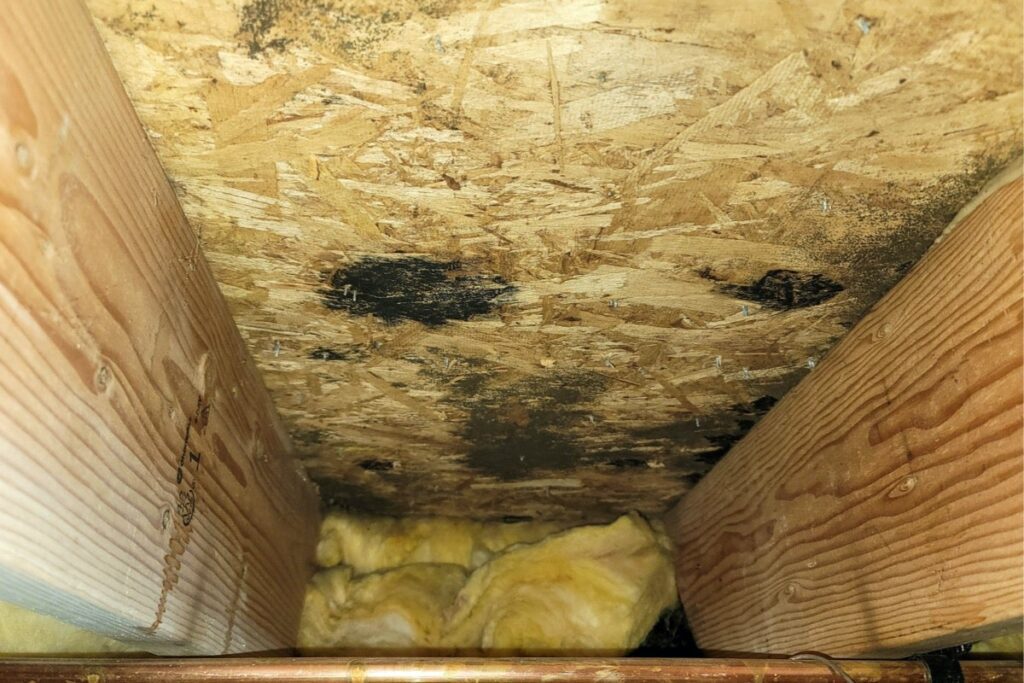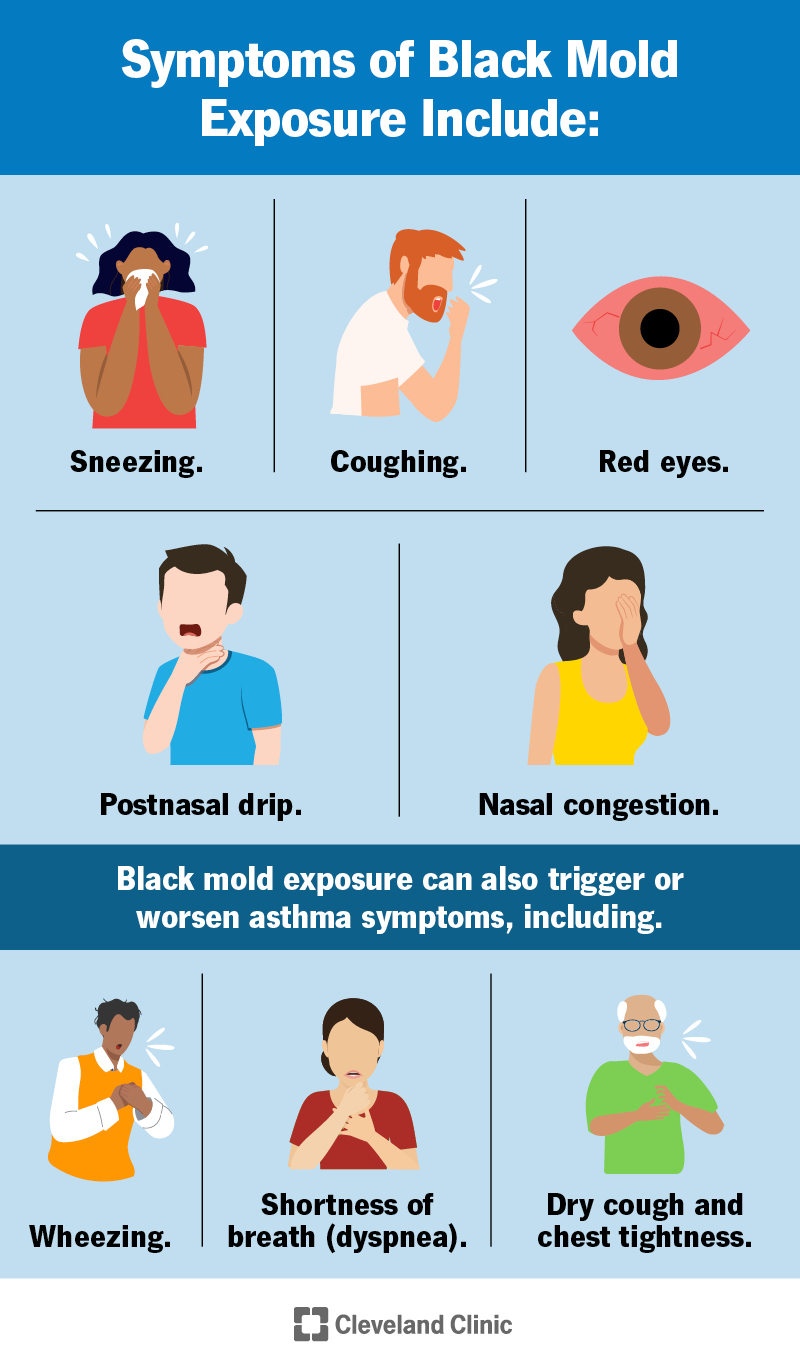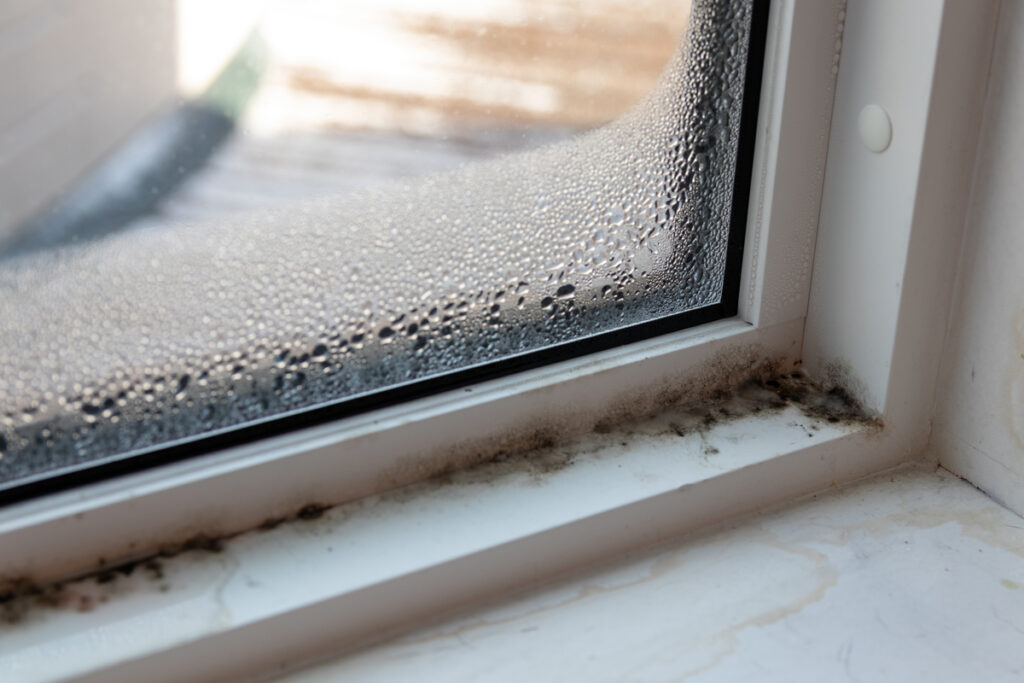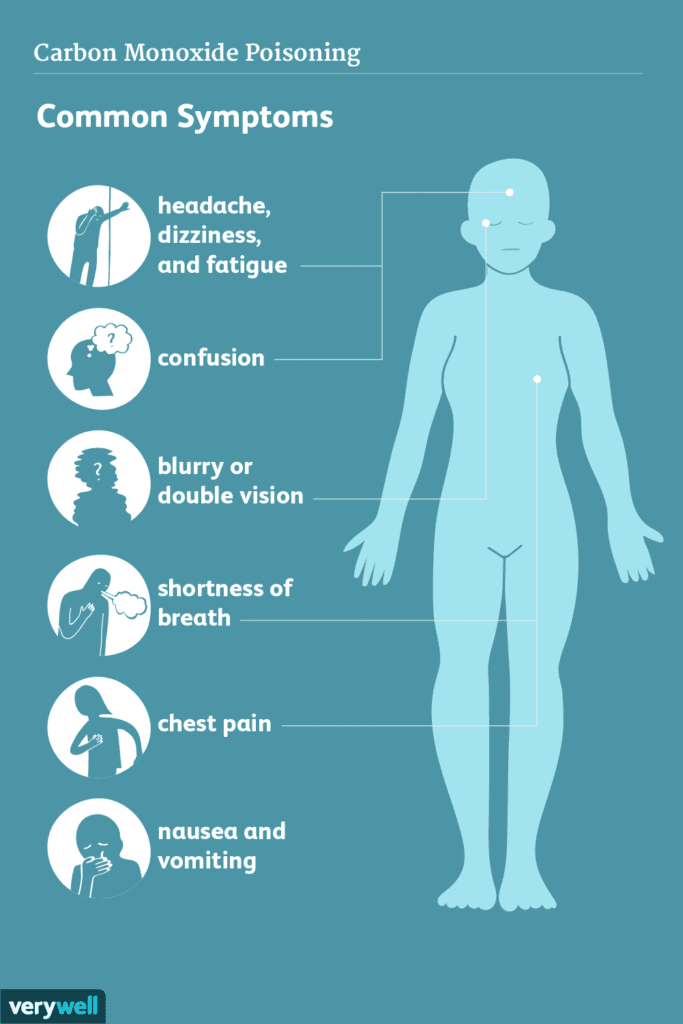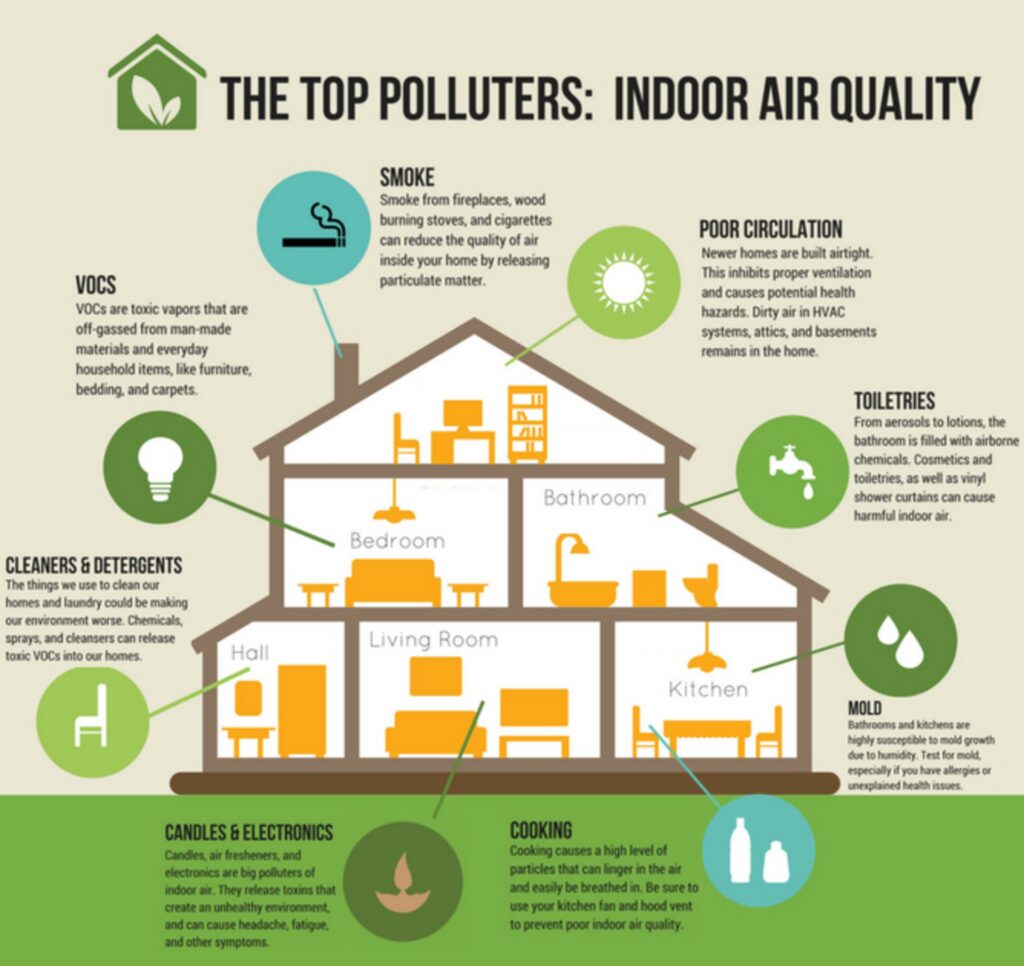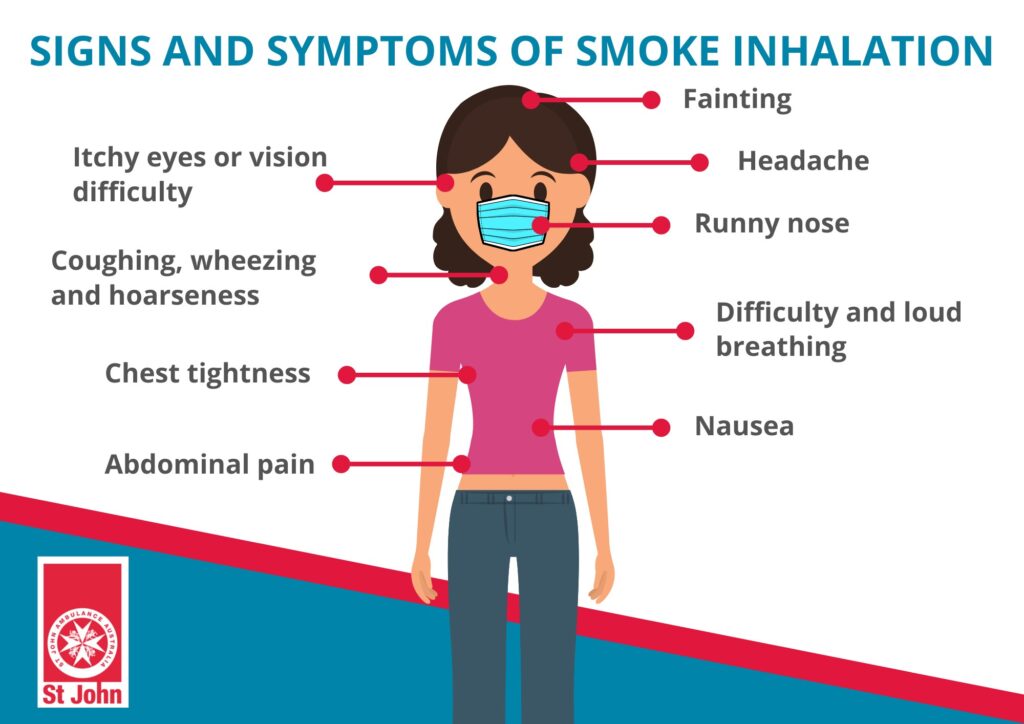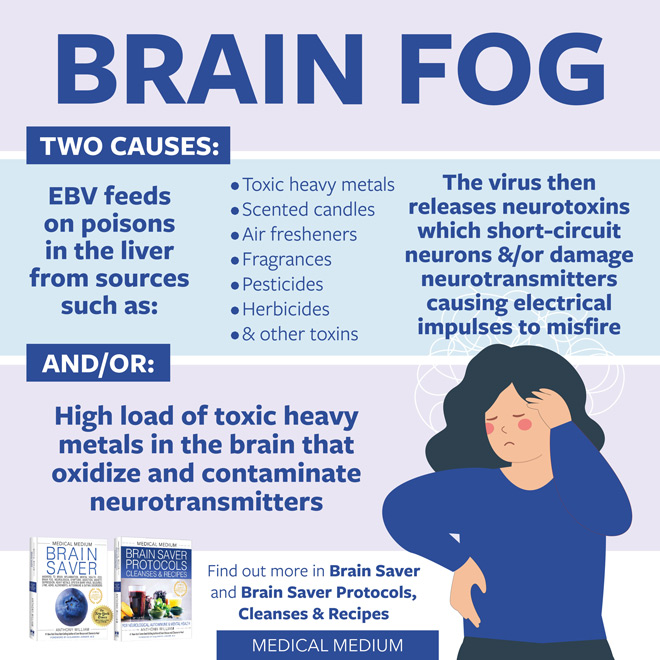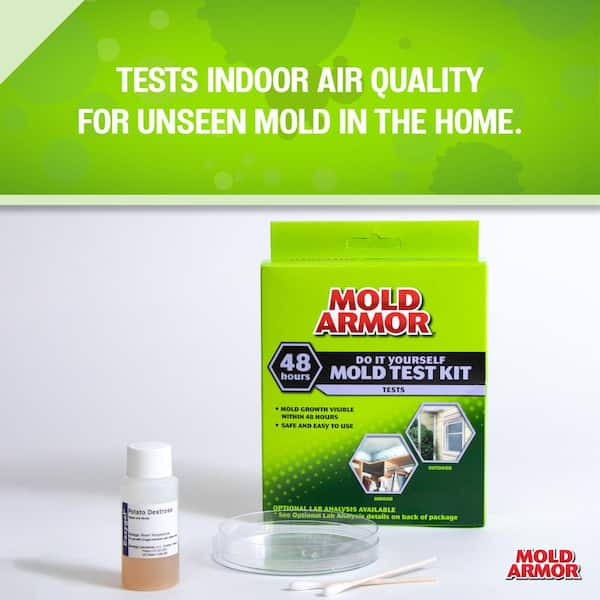Imagine this scenario: you receive the results from a mold test conducted in your house and to your surprise, it comes back positive. Suddenly, you find yourself wondering what will happen next. Will you have to move out? Will it be expensive to get rid of the mold? In this article, we will explore the various consequences of a positive mold test, from potential health risks to the steps you should take to remediate the mold issue efficiently and effectively. Buckle up, because we are about to shed some light on the subject and help you navigate through this unexpected situation.
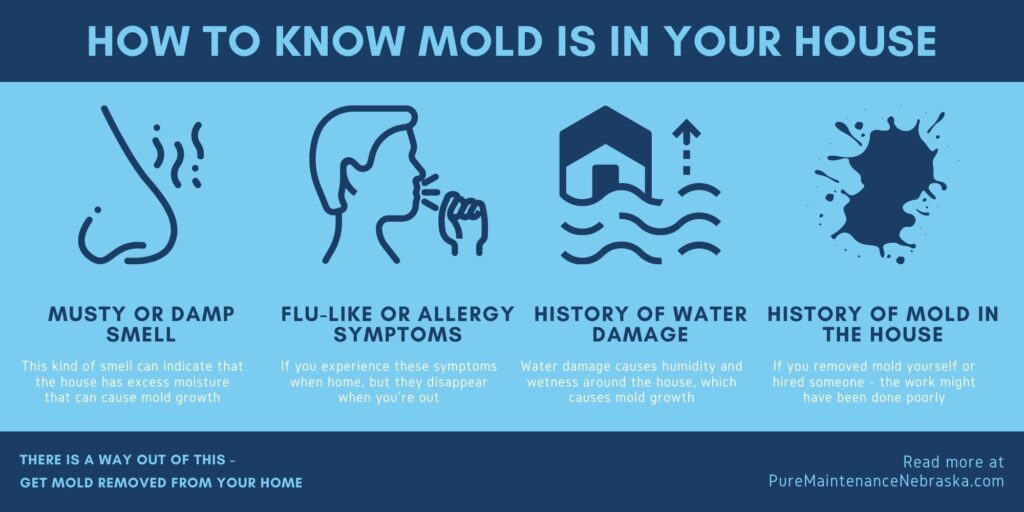

Calling in Professionals
When it comes to mold remediation, it is important to call in professionals who specialize in handling this issue. Mold can be a serious problem that requires expertise to properly assess, remove, and prevent future growth. Hiring professionals ensures that the problem is addressed effectively and efficiently, reducing the risk of further damage to your home and potential health hazards for you and your family.
Importance of Hiring Professionals
Hiring professionals for mold remediation is crucial for several reasons. Firstly, professionals have the knowledge and experience to accurately assess the extent of the mold contamination and identify its type and severity. This is important as different types of mold require different approaches for remediation. Secondly, professionals have the necessary equipment and materials to carry out the remediation process safely and effectively. Lastly, professionals can provide guidance on preventive measures to minimize the risk of future mold growth in your home.
Finding a Mold Remediation Specialist
When it comes to finding a mold remediation specialist, it is important to do your research and find a reputable and experienced company. Look for professionals who have the necessary certifications and licenses to perform mold remediation. You can start by asking for recommendations from friends, family, or neighbors who have faced a similar issue. Additionally, you can check online directories and read customer reviews to get a better understanding of the quality of service provided by different mold remediation specialists.
Getting Multiple Quotes
To ensure that you are getting a fair price for the mold remediation services, it is recommended to obtain multiple quotes from different mold remediation specialists. This allows you to compare the prices, services offered, and the proposed timeline for the remediation process. Keep in mind that the lowest quote may not always be the best option, as quality of service and expertise should also be taken into consideration. Therefore, it is important to strike a balance between affordability and the level of professionalism offered by the mold remediation specialist.
Verifying Industry Certifications
Before hiring a mold remediation specialist, it is important to verify their industry certifications. Look for certifications such as the IICRC (Institute of Inspection, Cleaning and Restoration Certification) or NORMI (National Organization of Remediators and Mold Inspectors). These certifications indicate that the specialist has undergone proper training and adheres to industry standards for mold remediation. Verifying certifications adds an extra layer of assurance that the specialist is qualified to handle the mold issue in your home.
Assessment and Documentation
Before the actual mold remediation process can begin, a thorough assessment and documentation of the mold contamination is necessary. This helps in determining the appropriate strategy for remediation and ensures that the entire mold problem is addressed.
Initial Mold Assessment
The initial mold assessment involves a visual inspection of the affected areas to identify visible signs of mold growth. This includes areas such as walls, ceilings, floors, and any other spaces where moisture or water damage is present. The specialist will also ask you about any history of water leaks or past water damage incidents in your home. This assessment provides an initial understanding of the mold contamination and helps in planning the subsequent comprehensive mold inspection.
Comprehensive Mold Inspection
A comprehensive mold inspection involves a more detailed assessment of the mold contamination. The specialist may use specialized tools and equipment to measure moisture levels in affected areas, take air and surface samples, and perform thermal imaging to detect hidden mold growth. This inspection helps in identifying the extent of the mold contamination, locating hidden mold, and determining the type of mold present.
Identifying the Type and Severity of Mold
Identifying the type of mold is important as different types have different health risks and require different remediation approaches. The specialist will collect samples from the affected areas and send them to a laboratory for analysis. The lab results will reveal the type of mold present in your home. Additionally, the specialist will also assess the severity of the mold contamination to determine the appropriate remediation strategy.
Documenting the Mold Contamination
Documenting the mold contamination is a crucial step in the remediation process. The specialist will take detailed notes, photographs, and videos to create a comprehensive record of the mold problem. This documentation serves as evidence for insurance claims, helps in providing accurate information to the remediation team, and serves as a reference for post-remediation evaluation. Keeping a well-documented record of the mold contamination ensures transparency and accountability throughout the entire process.
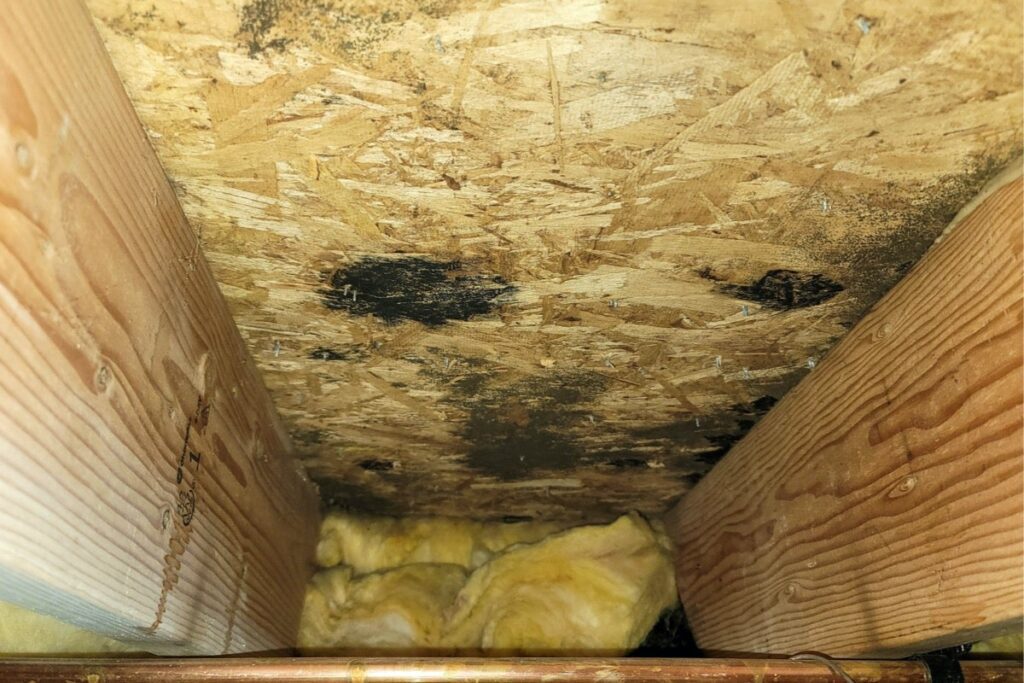

Creating a Remediation Plan
Once the assessment and documentation stage is complete, the mold remediation specialist will create a detailed remediation plan. This plan outlines the step-by-step process that will be followed to effectively remove the mold contamination and prevent future growth.
Developing a Remediation Strategy
Based on the assessment findings, the specialist will develop a remediation strategy tailored to your specific mold problem. This may involve a combination of methods such as physical removal, cleaning, disinfection, and preventive measures. The remediation strategy takes into consideration the type and severity of the mold, the affected areas, and any unique circumstances of your home.
Containment Measures
During the mold remediation process, containment measures are put in place to prevent the spread of mold spores to unaffected areas of your home. The specialist will use plastic sheeting or containment barriers to isolate the contaminated areas and establish negative air pressure. This ensures that mold spores are not released into the air and helps in minimizing cross-contamination.
Determining the Scope of Remediation
The scope of remediation refers to the extent of the mold removal and cleanup process. The specialist will determine the areas that need to be remediated based on the assessment findings. This may involve removing mold-contaminated materials such as drywall, carpets, or insulation. The scope of remediation is determined to ensure that all sources of mold growth are effectively addressed and that there is no residual contamination left behind.
Equipment and Materials for Remediation
To carry out the remediation process, the specialist will use specialized equipment and materials. This may include HEPA (High-Efficiency Particulate Air) filters, air scrubbers, negative air machines, personal protective equipment (PPE) for the remediation team, and cleaning agents specifically designed for mold removal. The use of proper equipment and materials is essential for safe and effective mold remediation.
Remediation Process
Once the remediation plan is in place, the actual mold removal and cleanup process can begin. This process typically follows a series of steps to ensure thorough removal of mold contamination and the restoration of a healthy living environment.
Safety Precautions
Before starting the remediation process, the specialist will take necessary safety precautions to protect themselves and prevent any further spread of mold spores. This includes wearing appropriate PPE such as gloves, goggles, masks, and coveralls. The remediation team will also establish containment measures to prevent the spread of mold spores to unaffected areas of your home.
Removal of Mold-contaminated Materials
In cases where mold-contaminated materials cannot be effectively cleaned, they will need to be removed. The specialist will carefully remove any affected materials such as drywall, carpets, or insulation. These materials will be properly sealed in plastic bags and disposed of following local regulations. Removing mold-contaminated materials is important to eliminate potential sources of continued mold growth.
HEPA Vacuuming and Cleaning
HEPA vacuuming is an important step in the mold remediation process. The specialist will use a vacuum with a HEPA filter to capture mold spores from surfaces and the air. HEPA filters are designed to trap microscopic particles, including mold spores, ensuring that they are effectively removed from your home. After HEPA vacuuming, the specialist will thoroughly clean the affected areas using appropriate cleaning agents to further eliminate any remaining mold spores.
Disinfection and Antimicrobial Treatment
Disinfection and antimicrobial treatment are essential to prevent the growth of mold and inhibit its return. The specialist will apply appropriate disinfectants and antimicrobial agents to the affected areas to eliminate any remaining mold spores and inhibit future growth. This step helps in ensuring that your home is restored to a healthy and mold-free environment.


HVAC Inspection and Cleaning
The HVAC (Heating, Ventilation, and Air Conditioning) system in your home can be a potential source of mold contamination. Mold spores can be circulated through the HVAC system and distributed to different areas of your home. Therefore, it is important to thoroughly inspect and clean the HVAC system during the mold remediation process.
Checking HVAC System for Mold Contamination
The mold remediation specialist will conduct a thorough inspection of the HVAC system to check for any signs of mold contamination. This involves inspecting the ductwork, air filters, coils, and other components for visible signs of mold growth. If there is evidence of mold contamination, appropriate cleaning and disinfection measures will be taken.
Cleaning and Disinfecting HVAC Components
Cleaning and disinfecting the HVAC components is crucial to remove any mold spores and prevent future distribution of mold throughout your home. The specialist will use specialized cleaning agents and techniques to thoroughly clean the ductwork, air filters, coils, and other components. This helps in restoring the HVAC system to a mold-free condition and ensuring the circulation of clean and healthy air.
Replacing Mold-infested Filters
Mold-infested filters in the HVAC system need to be promptly replaced to prevent the re-circulation of mold spores. Depending on the severity of the mold contamination, the specialist may recommend replacing the existing filters as a preventive measure. This ensures that clean and fresh air is being circulated throughout your home.
Preventing Future Mold Growth in HVAC
To prevent future mold growth in the HVAC system, the specialist may recommend measures such as installing UV lights to kill mold spores, improving ventilation in the system, and ensuring regular maintenance and cleanings. These preventive measures help in maintaining a mold-free HVAC system and reducing the risk of future mold contamination.
Repairing Water Leaks and Moisture Issues
Water leaks and moisture issues are major contributors to mold growth in homes. Therefore, it is important to identify and address any existing water leaks or sources of prolonged moisture to prevent future mold problems.
Identifying and Fixing Water Leaks
During the mold remediation process, the specialist will carefully check for any existing water leaks or areas of moisture buildup. Identifying and fixing these issues is crucial to prevent further mold growth. The specialist may recommend repairs such as fixing leaking pipes, repairing damaged roofs, or addressing inadequate insulation or vapor barriers.
Addressing Plumbing or Roofing Problems
Plumbing or roofing problems can lead to moisture issues in your home, providing an ideal environment for mold growth. The mold remediation specialist will thoroughly inspect the plumbing system and roof for any issues that may contribute to moisture buildup. Addressing these problems is important to prevent future mold growth and ensure a healthy living environment.
Improving Indoor Ventilation
Proper indoor ventilation is key to preventing moisture buildup and mold growth. The specialist may recommend improving ventilation in areas such as bathrooms, kitchens, and basements to reduce humidity levels and promote air circulation. This may involve installing exhaust fans, increasing natural ventilation, or adding dehumidifiers to control moisture.
Controlling Humidity Levels
High humidity levels can create a conducive environment for mold growth. The specialist may recommend measures to control humidity in your home, such as using dehumidifiers, ensuring proper insulation, and regularly ventilating areas prone to moisture buildup. Controlling humidity levels is important in preventing future mold problems and maintaining a healthy indoor environment.
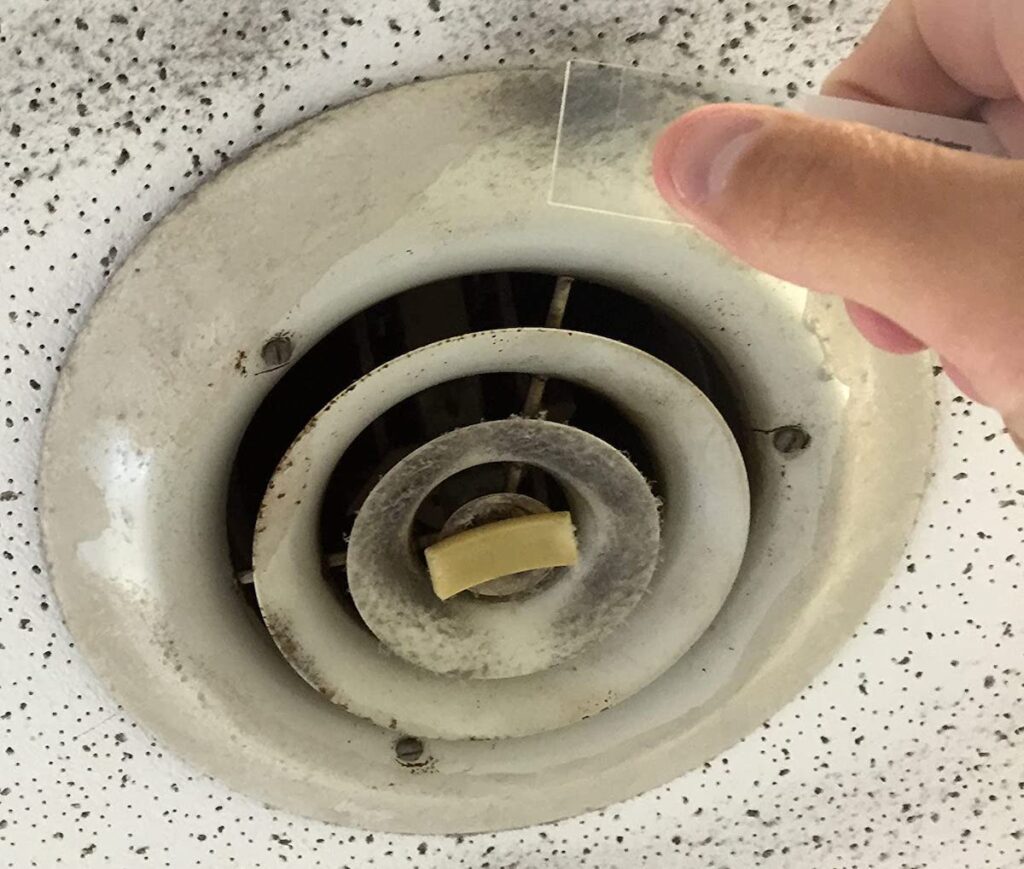

Testing and Verification
Once the mold remediation process is complete, it is important to conduct testing and verification to ensure the effectiveness of the remediation efforts. This involves evaluating the air and surface quality in your home to confirm that mold growth has been successfully eliminated.
Post-Remediation Evaluation
Post-remediation evaluation involves a thorough inspection of the treated areas to ensure that all mold contamination has been effectively removed. The specialist will carefully assess the previously affected areas to ensure that no visible signs of mold growth are present. This evaluation is important to ensure that your home is mold-free and safe for occupancy.
Air and Surface Sampling
Air and surface sampling is conducted to measure the levels of mold spores in your home and determine if they are within acceptable limits. The specialist may take samples from different areas of your home and send them to a laboratory for analysis. The lab results will provide an accurate assessment of the mold spore levels in your home and confirm if the remediation efforts were successful.
Assessing the Effectiveness of Remediation
By comparing the pre-remediation and post-remediation findings, the specialist can assess the effectiveness of the remediation process. This evaluation helps in determining if the mold contamination has been successfully eradicated and if additional remediation measures are necessary. The specialist will provide you with a detailed assessment and any recommendations for further action if needed.
Clearance Testing
Clearance testing is the final step in the mold remediation process. This involves an independent third-party inspection to verify that all necessary steps have been taken to address the mold contamination. The clearance testing ensures that your home meets the required standards for mold-free living and provides you with the peace of mind that the remediation process was successful.
Preventing Future Mold Growth
Preventing future mold growth is essential to maintain a healthy living environment and avoid recurring mold problems. Implementing preventive measures and adopting good practices can significantly reduce the risk of mold growth in your home.
Implementing Preventive Measures
Implementing preventive measures involves taking actions to minimize the risk of mold growth. This may include regular inspections for water leaks, promptly addressing any signs of water damage or moisture buildup, and ensuring proper ventilation in your home. By being proactive and vigilant, you can significantly reduce the chances of mold growth.
Regular Inspections and Maintenance
Regular inspections and maintenance are important to identify any potential issues that may lead to mold growth. Regularly checking for water leaks, inspecting the HVAC system, and monitoring moisture levels in areas prone to humidity can help in early detection and prompt resolution of any problems. It is also important to ensure regular maintenance of the HVAC system and promptly address any plumbing or roofing issues.
Proper Ventilation Practices
Proper ventilation is key to preventing moisture buildup and mold growth. Ensure that your home is adequately ventilated by opening windows or using exhaust fans in areas such as kitchens, bathrooms, and laundry rooms. This helps in removing excess moisture from the air and promoting air circulation, reducing the risk of mold growth.
Promptly Addressing Water Damage
It is important to promptly address any signs of water damage in your home. Water leaks, floods, or plumbing issues can quickly lead to mold growth if left unattended. If you notice any signs of water damage, such as damp walls or ceilings, musty odors, or staining, it is important to take immediate action to identify and fix the source of the water intrusion.
Health Considerations
Mold can have adverse effects on human health, particularly for individuals with allergies or respiratory conditions. Understanding the health risks associated with mold is important to protect yourself and your family members.
Understanding Health Risks of Mold
Exposure to mold can cause a range of health problems, including allergies, respiratory issues, and even infections in certain cases. Mold spores can trigger allergic reactions such as sneezing, coughing, itchy eyes, and skin rashes. Individuals with respiratory conditions such as asthma may experience worsened symptoms due to exposure to mold. In some cases, certain types of mold can produce mycotoxins, which can have more severe health effects.
Allergies and Respiratory Issues
Allergies and respiratory issues are common health problems associated with mold exposure. Mold spores can cause allergic reactions in susceptible individuals, leading to symptoms such as a runny nose, sneezing, congestion, and skin irritation. Individuals with asthma or other respiratory conditions may experience aggravated symptoms when exposed to mold spores. It is important to seek medical advice if you notice any health issues that could be related to mold exposure.
Seeking Medical Advice
If you have experienced prolonged exposure to mold or have noticed any symptoms associated with mold exposure, it is advisable to seek medical advice. A healthcare professional can evaluate your symptoms, provide appropriate treatment, and offer recommendations on how to minimize your exposure to mold in the future. Seeking medical advice is crucial to ensure your health and well-being.
Monitoring Symptoms
It is important to monitor any symptoms that may be related to mold exposure. Keep track of any respiratory issues, allergies, or other health problems that seem to worsen when you are at home. If you notice a pattern of symptoms occurring in certain areas or after specific activities, it may indicate a potential mold issue. Monitoring symptoms helps in identifying potential mold-related health problems and seeking timely medical advice.
Insurance Coverage and Claims
In many cases, mold remediation may be covered by your homeowner’s insurance policy. It is important to understand your insurance coverage, notify your insurance company of the mold issue, and document all damages and expenses related to the mold remediation process.
Reviewing Homeowner’s Insurance Policy
Review your homeowner’s insurance policy to understand the coverage it provides for mold remediation. Some policies may cover mold-related damages, while others may exclude coverage for mold or have specific limitations. Familiarize yourself with the policy terms and conditions to ensure you know what is covered and any requirements or limitations for making a claim.
Notifying Insurance Company
If your home tests positive for mold, it is important to promptly notify your insurance company. Contact your insurance agent or provider and inform them about the mold issue in your home. They will guide you through the claims process and provide you with the necessary information and forms to initiate a claim.
Documenting Damages and Expenses
Documenting all damages and expenses related to the mold remediation process is important for the insurance claims process. Keep detailed records of the mold assessment, inspection reports, receipts for remediation services, and any other relevant documents. Taking photographs and videos of the mold contamination and the remediation process can also serve as valuable evidence for your insurance claim.
Navigating the Claims Process
Navigating the insurance claims process can be complex, especially when it involves mold remediation. It is advisable to work closely with your insurance company and provide them with all the necessary documentation and information. Be prepared to answer any questions they may have and follow their instructions throughout the claims process. Seeking assistance from a public adjuster or legal counsel may be beneficial in cases where there are disputes or difficulties with the insurance claim.
In conclusion, if your house tests positive for mold, it is crucial to call in professionals who specialize in mold remediation. Hiring professionals ensures that the mold problem is effectively addressed, minimizing the risk of further damage and potential health hazards. The assessment and documentation stage helps in identifying the extent and type of mold contamination, while the creation of a remediation plan outlines the step-by-step process to eliminate the mold and prevent future growth. The remediation process involves safety precautions, removal of mold-contaminated materials, HEPA vacuuming and cleaning, as well as disinfection and antimicrobial treatment. It is important to also inspect and clean the HVAC system, repair water leaks and moisture issues, test and verify the effectiveness of the remediation, and implement preventive measures to avoid future mold growth. Understanding the health risks of mold, properly documenting damages and expenses, and navigating the insurance claims process are also crucial considerations in dealing with a mold issue in your home. By following these steps and seeking professional help, you can effectively address the mold problem and restore a safe and healthy living environment.

